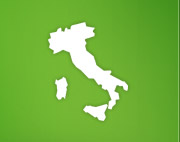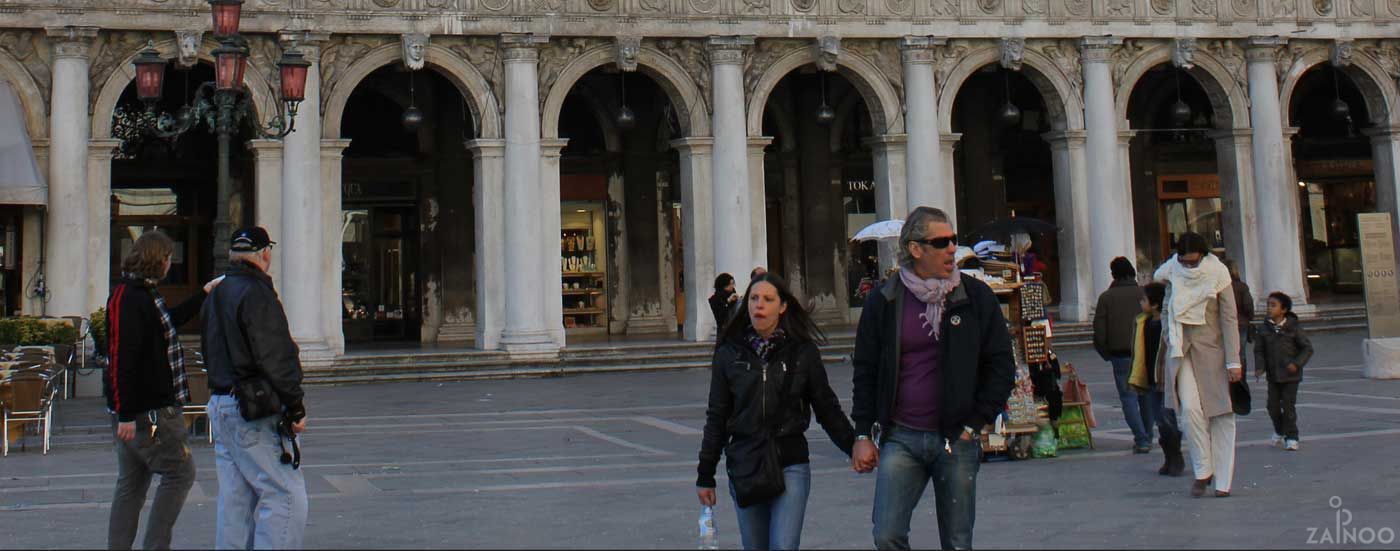Population and towns in Italy
Densely populated Northern Italy
Today, approximately 60 million people live in Italy. It comes as little surprise that most of the population decided to settle in or around the large Italian cities. Northern Italy in particular has seen exponential growth in recent years with Milan, Venice and Genoa being more densely populated than Rome or Naples. Aside from several minority languages, such as Sardinian, German and Rhaeto-Romanic, the official language is Italian. Thanks to the healthy Mediterranean food, Italians have one of the highest life expectancy of the world. The catholic belief is one of the country's cornerstones.
Population numbers and immigration
During the last 150 years, the population of Italy has more than doubled from 26 million to 60 million - despite wars and 8 million emigrants leaving for Europe and the US. To this day, Germany is home to the most Italian immigrants with numbers exceeding the half million mark.
About 67% of the population live in and around big cities – a majority of them in the economic superior north. Severe emigration from underdeveloped rural region to Italy's cities was managed to be transformed into suburbanisation in the 1960s, which lead to the growth of small towns and suburbs resulting in huge cities with several million inhabitants, such as Rome, Milan, Naples and Turin.
Today, Italy became a destination for refugees from Africa and the former countries of the Eastern bloc. An estimated 7.1% of the total population are foreign citizens. The largest population groups come from Romania, Albania and Morocco.
Language, education and religion
The dominant official language in Italy is Italian. A mere 5% of the Italian population belong to other officially recognised ethnic groups that have preserved their language. The biggest group are the Sardinians with 1.5 million speakers, followed by the Rhaeto-Romanic in Friuli with 700,000 speakers and the German-speakers in South Tyrol with a population of 300,000. Small minorities on Sardinia have Catalan as their mother tongue. There are still minute Slovenian and Greek minorities at the Aosta Valley near Trieste and Apulia.
Some of the largest cities in Italy are university sites. Europe's oldest universities are located in Bologna and Parma. Further academic institutions with excellent reputation can be found in Modena, Rome, Siena, Pavia, Perugia, Padua and Naples.
The substantial influence of the Catholic Church hardly comes as a surprise seeing as Italy is predominantly Catholic. The big influence of the church on lifestyle, population and citiess in Italy is visible in many ways, such as the presence of the Vatican in Rome and the comparatively high number of priest and cardinals.


Tweet